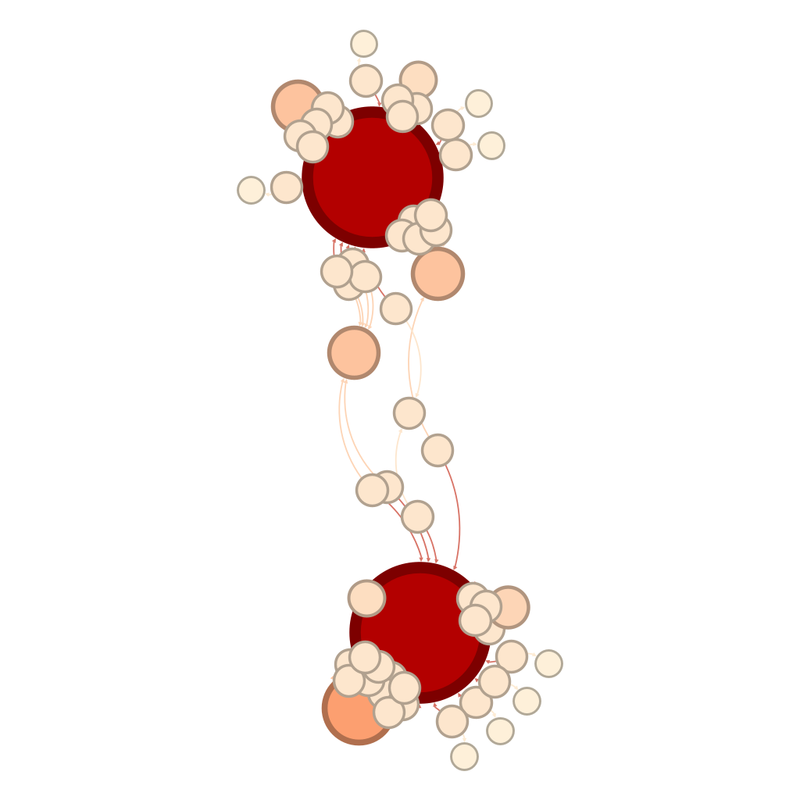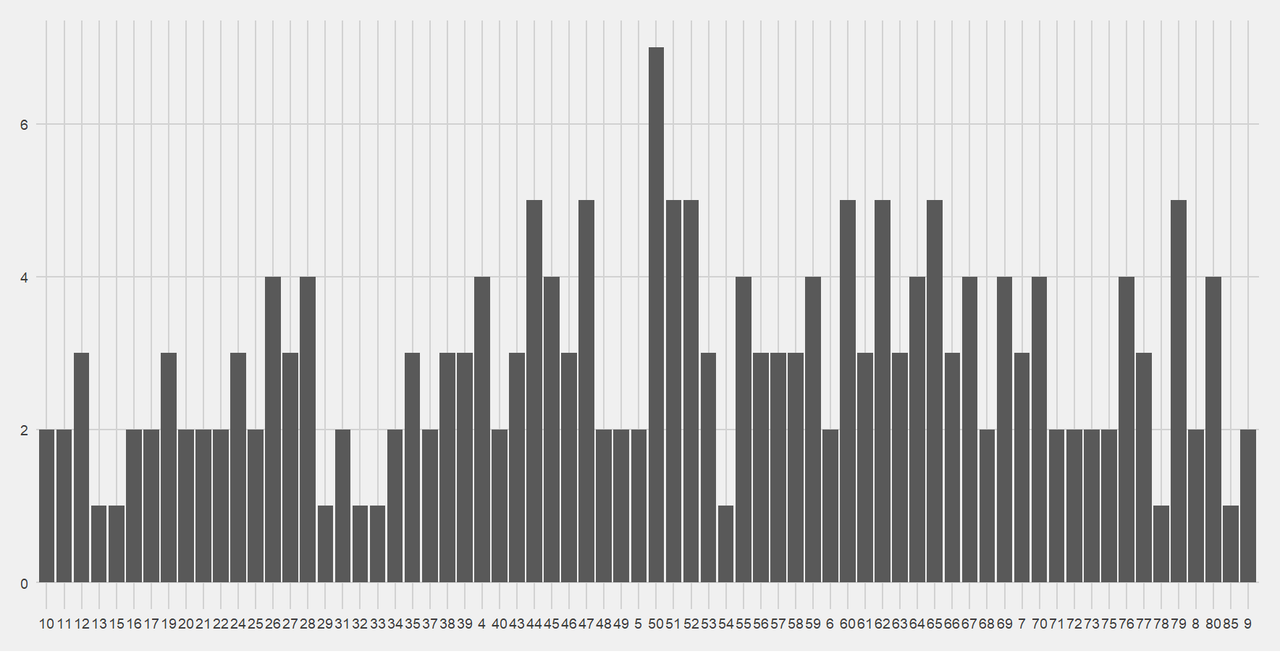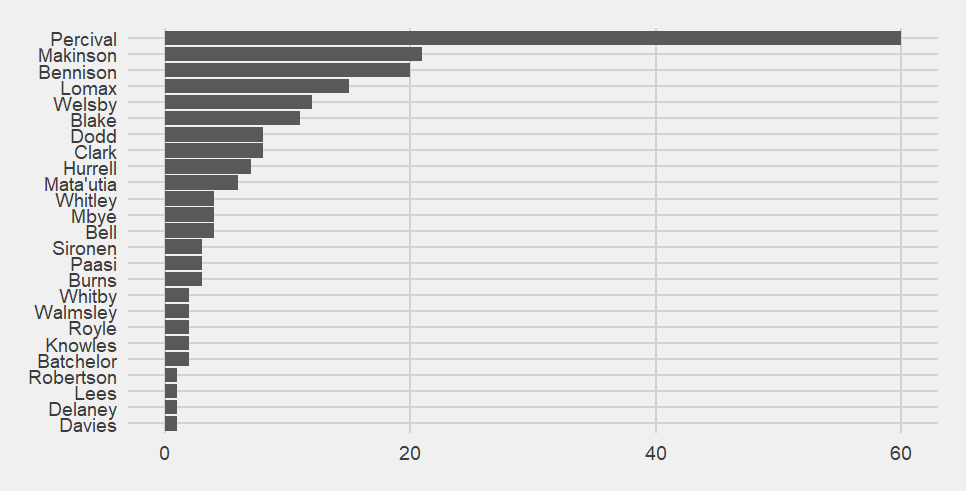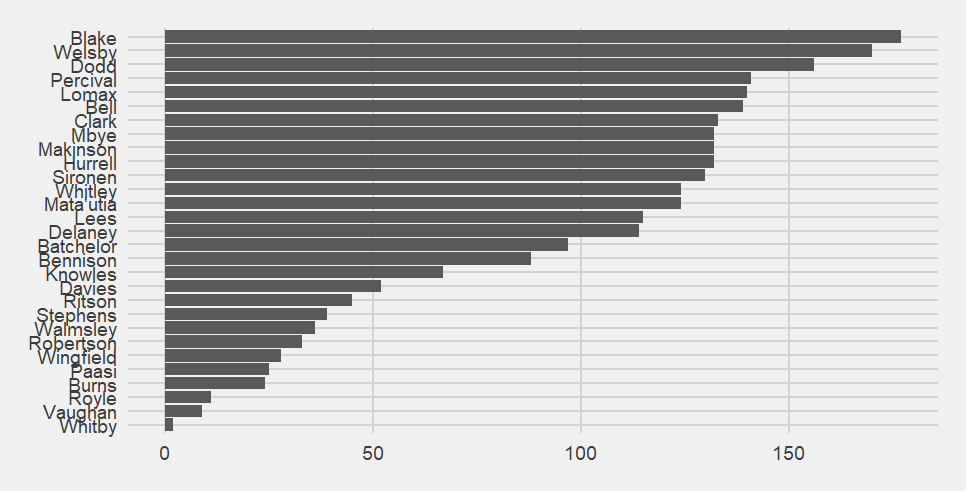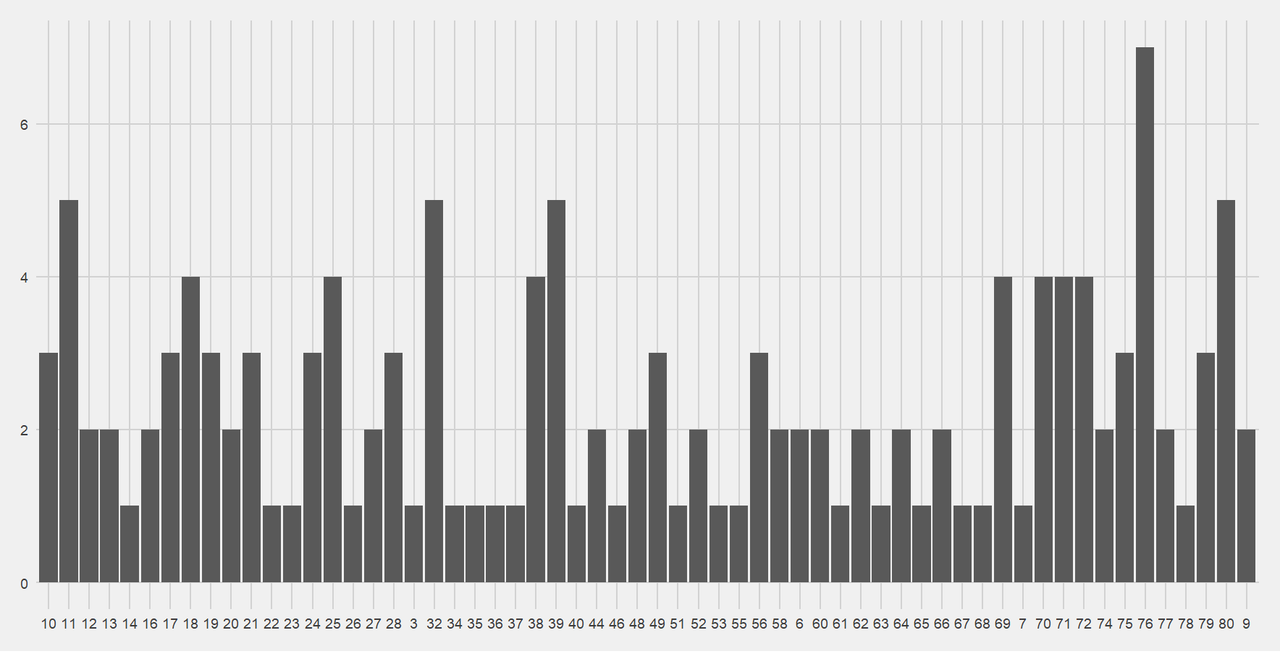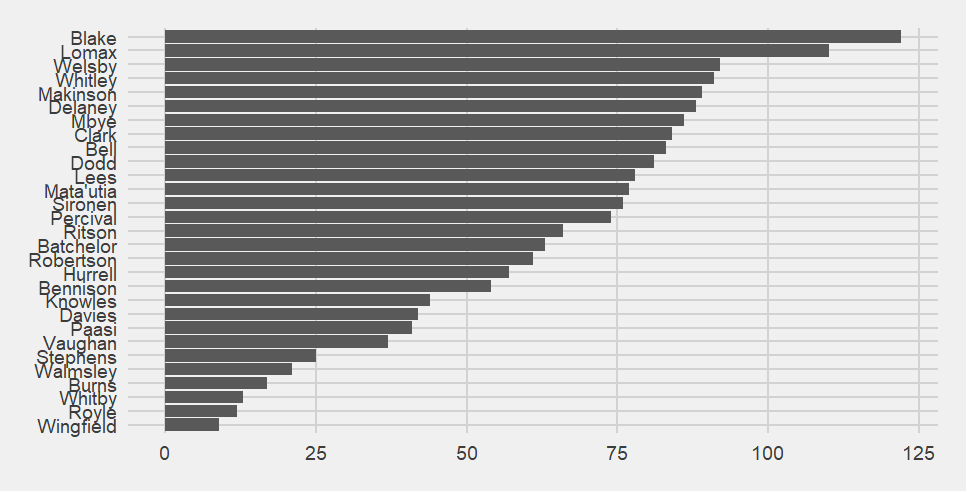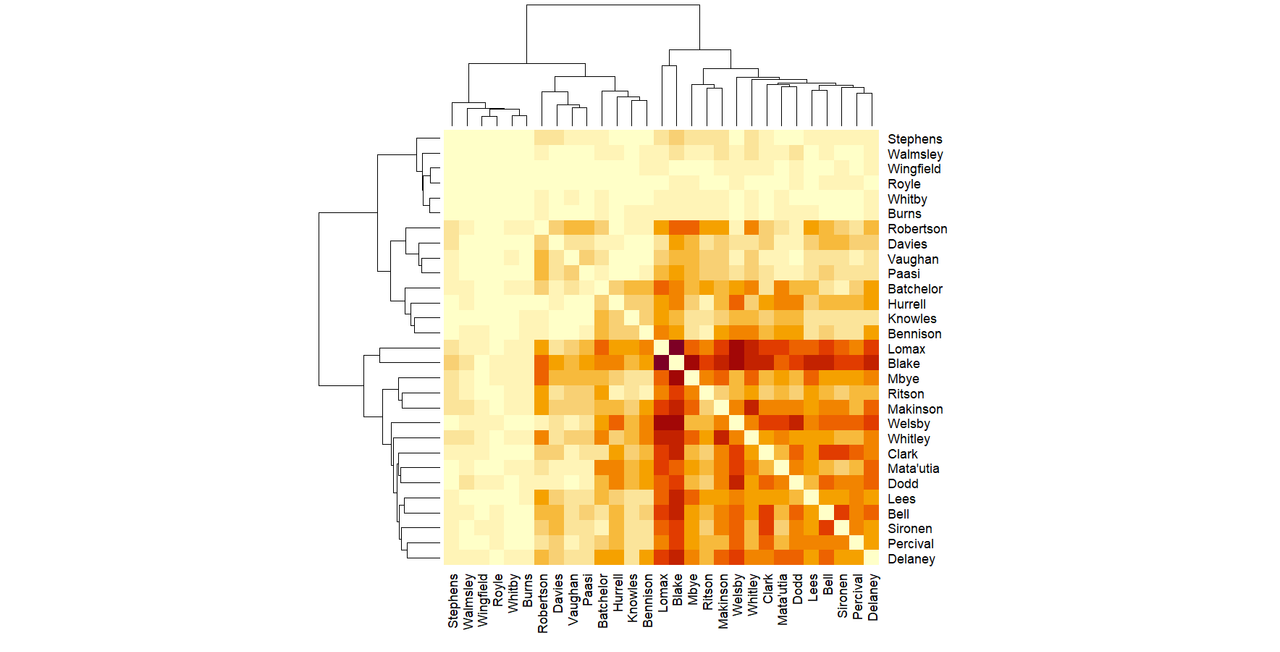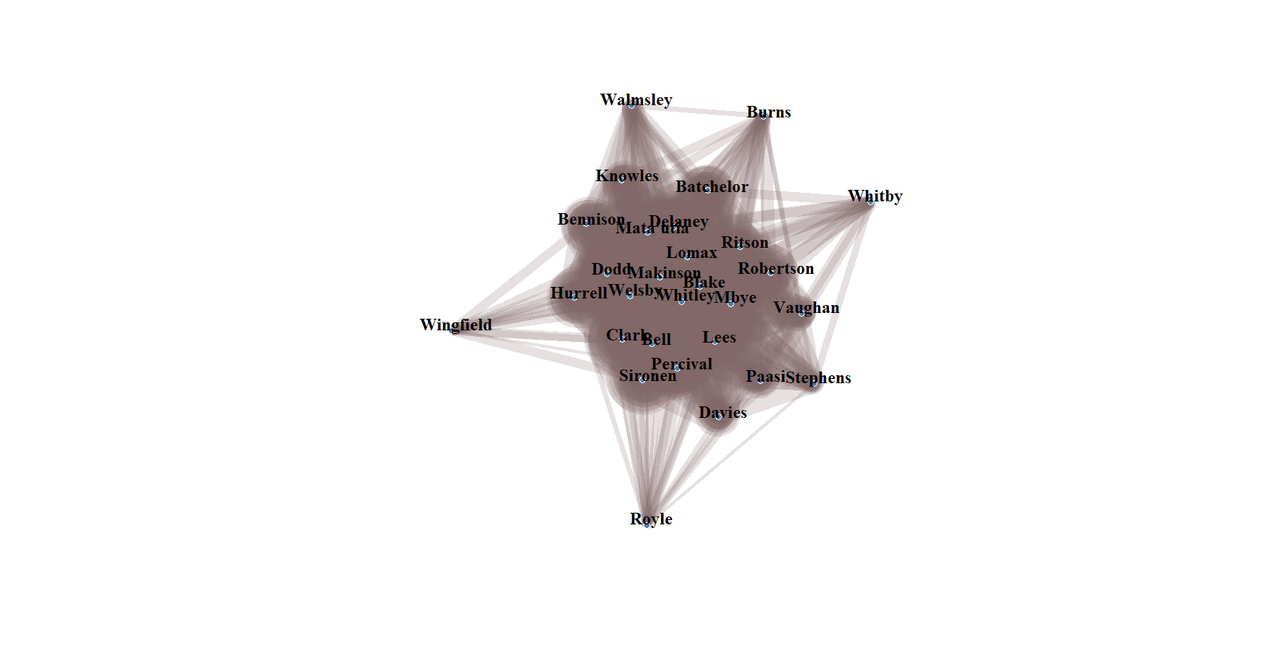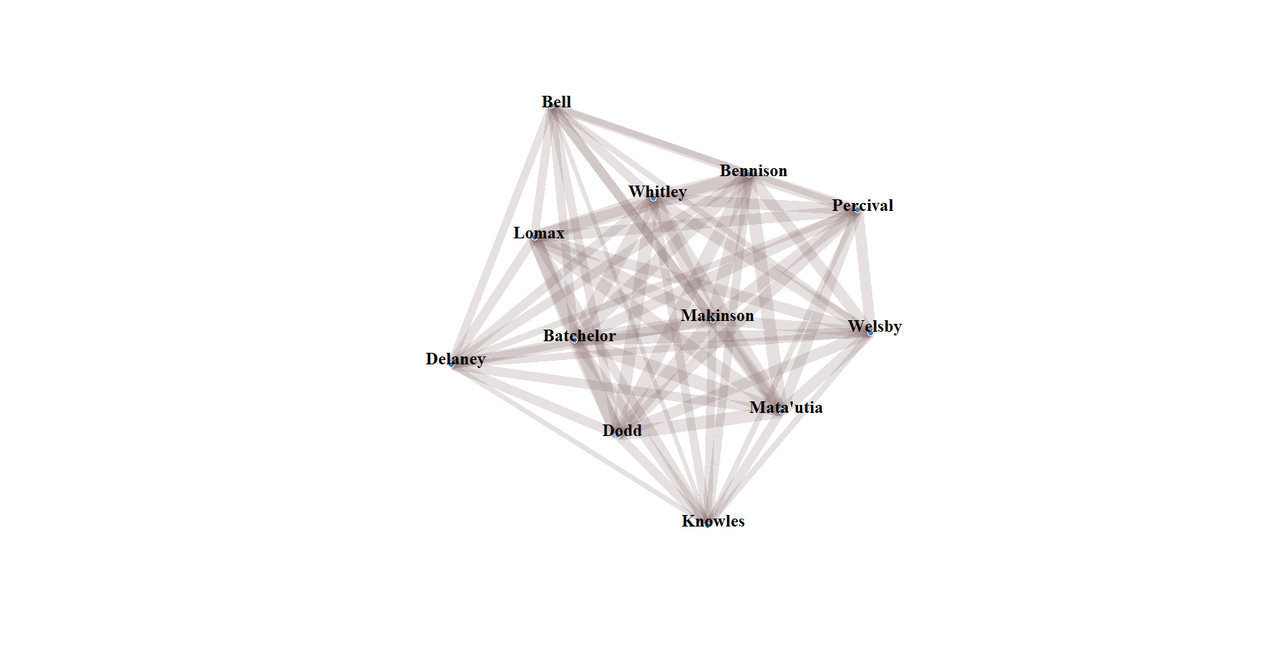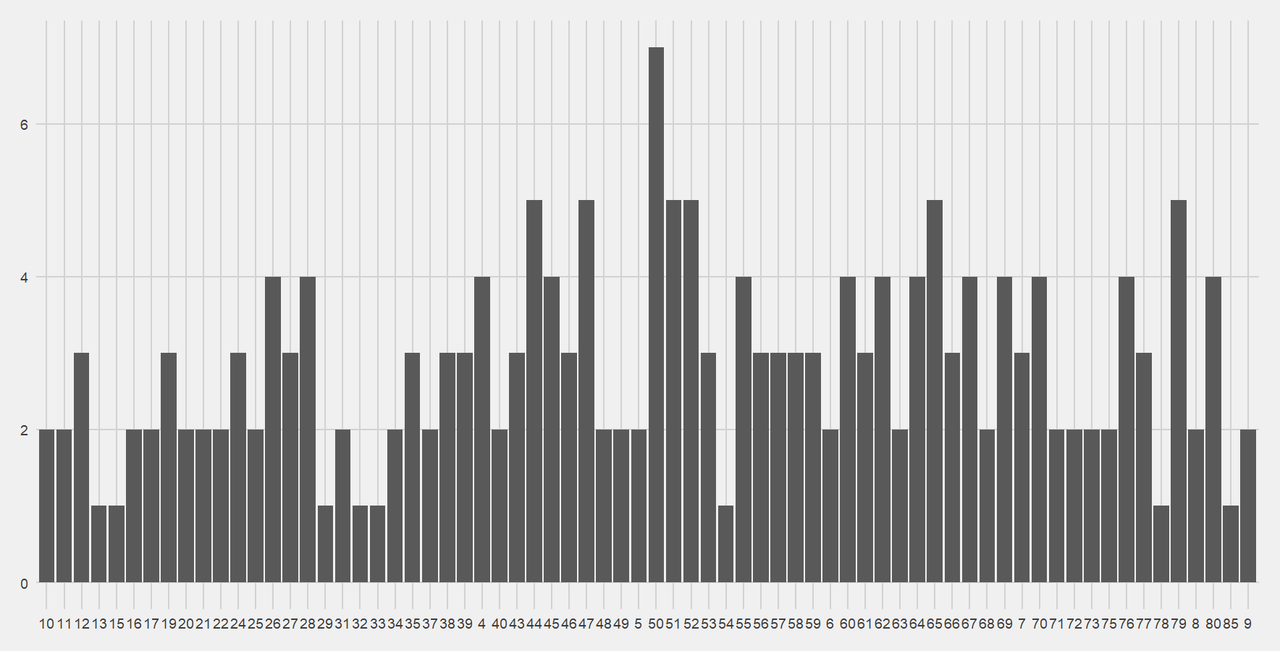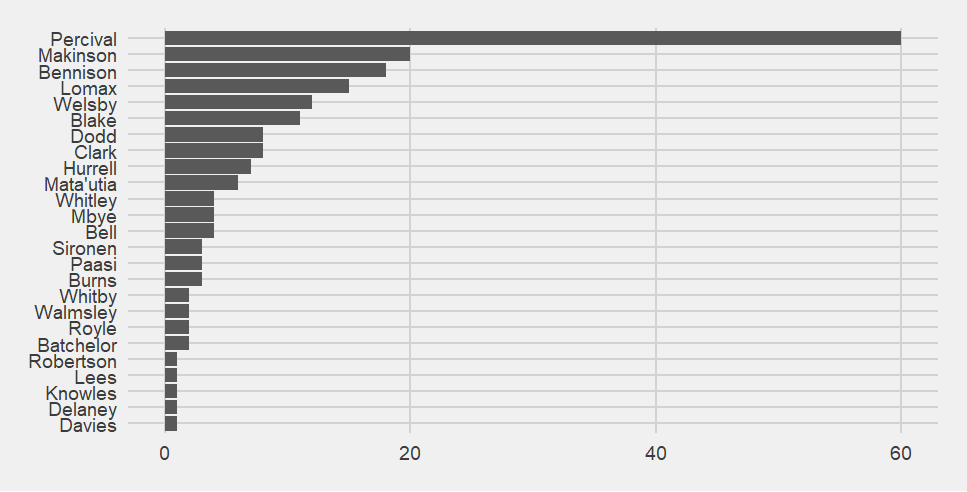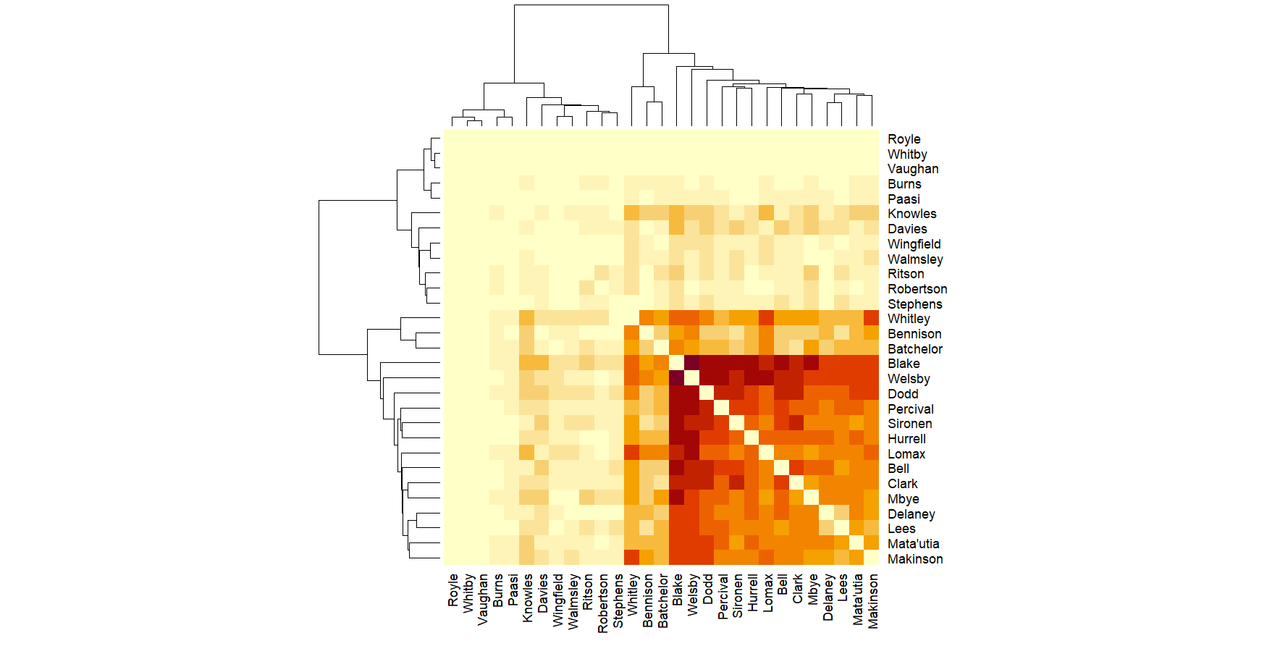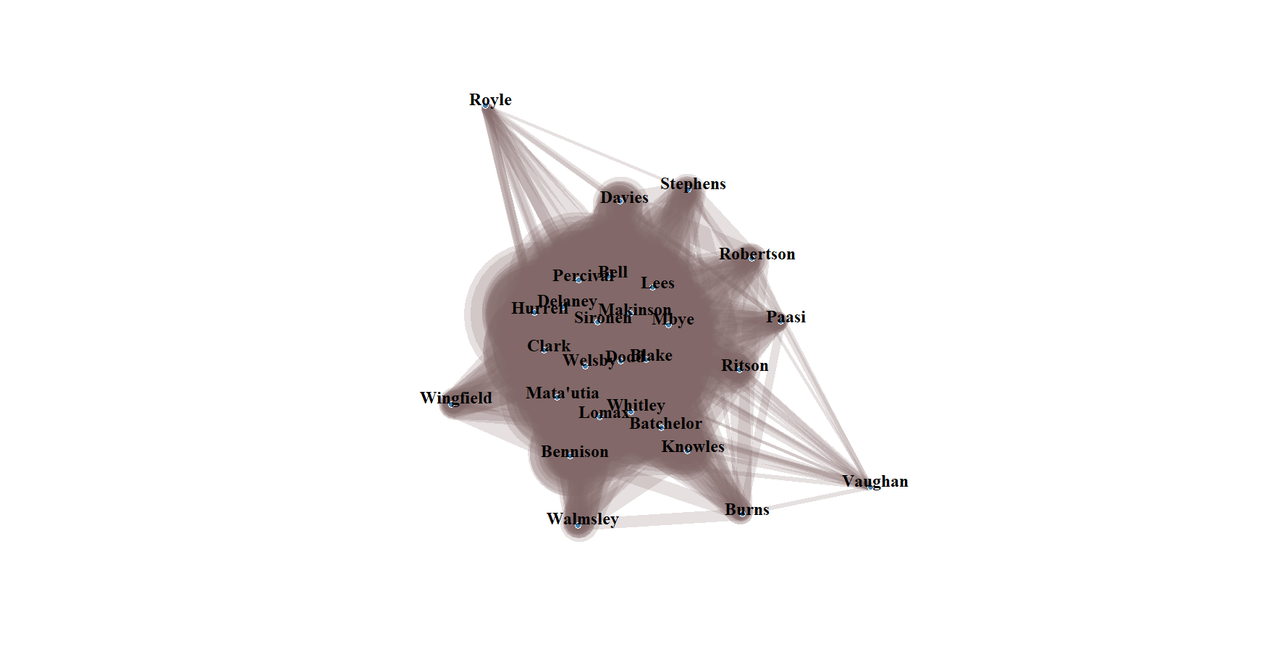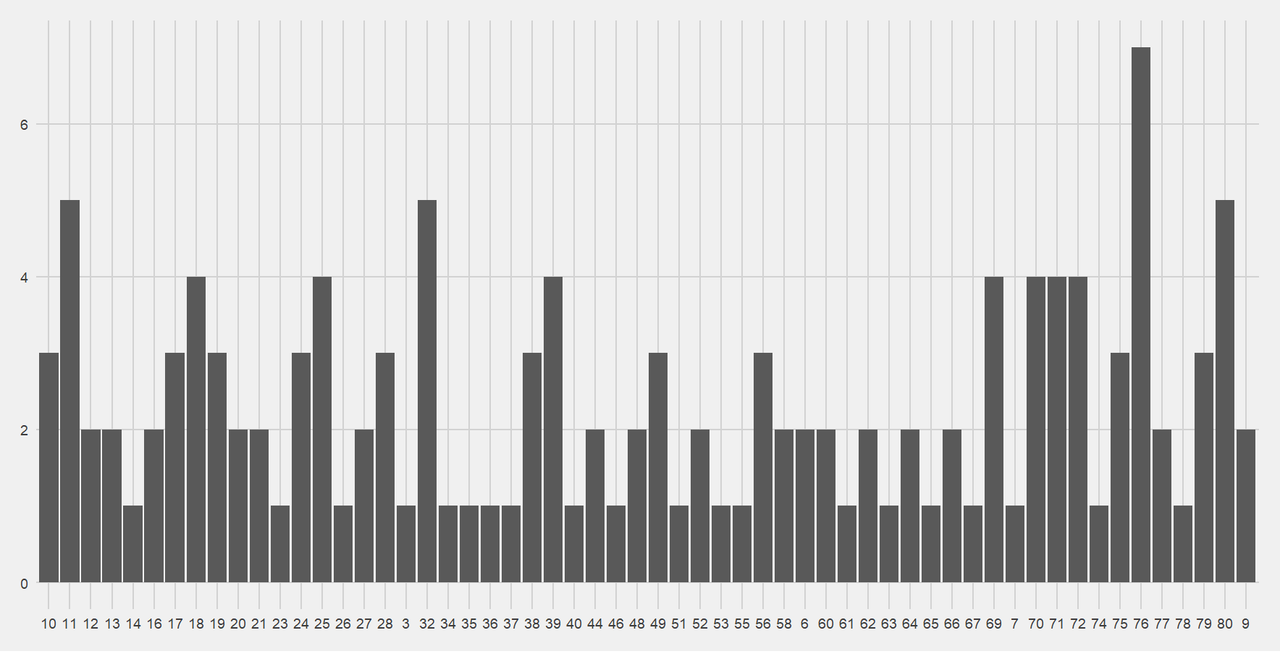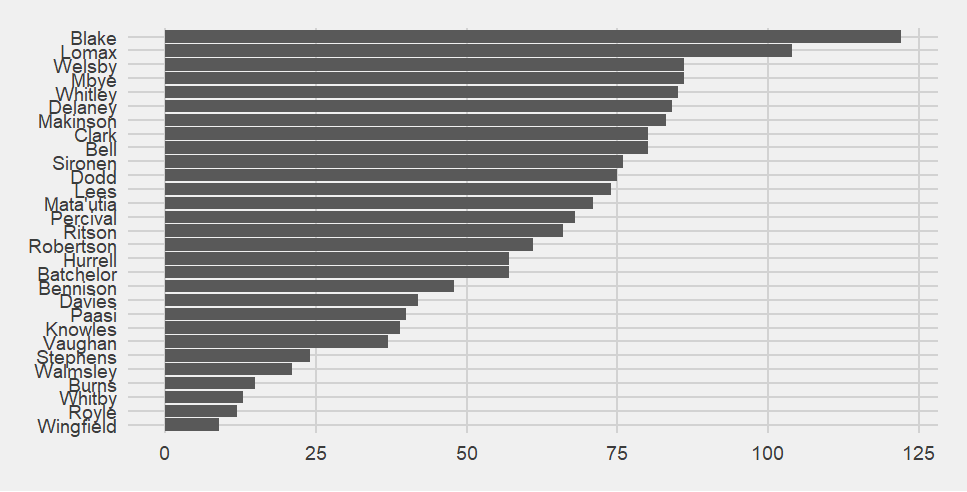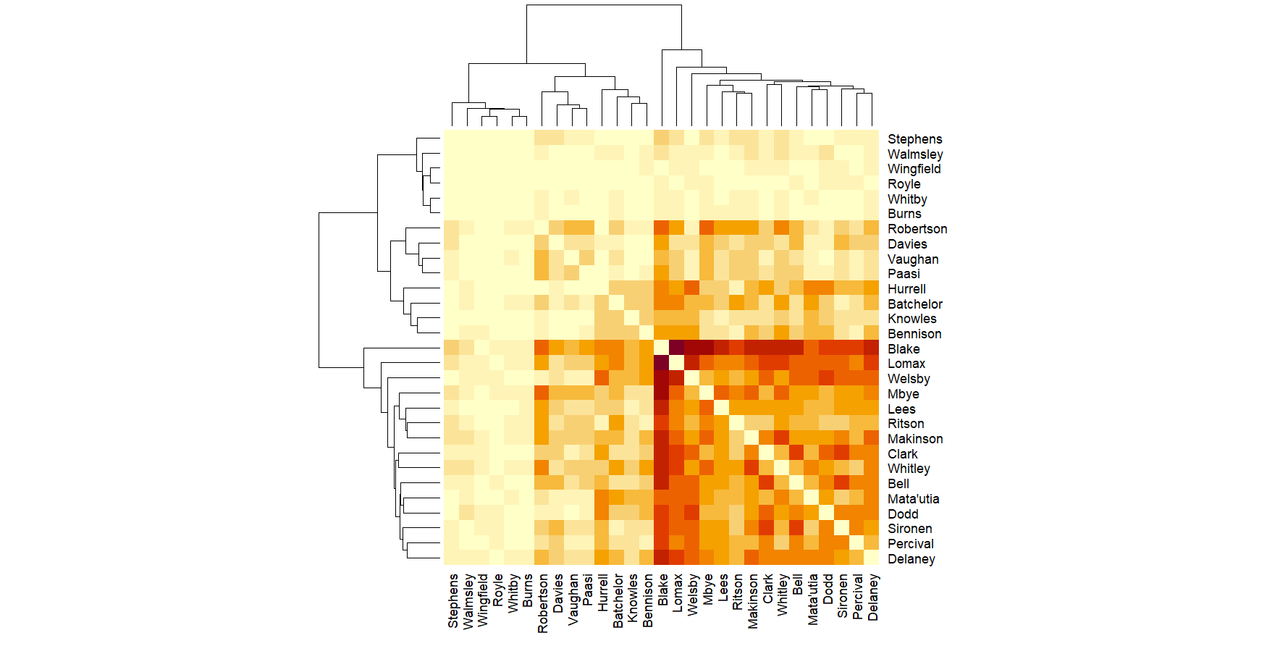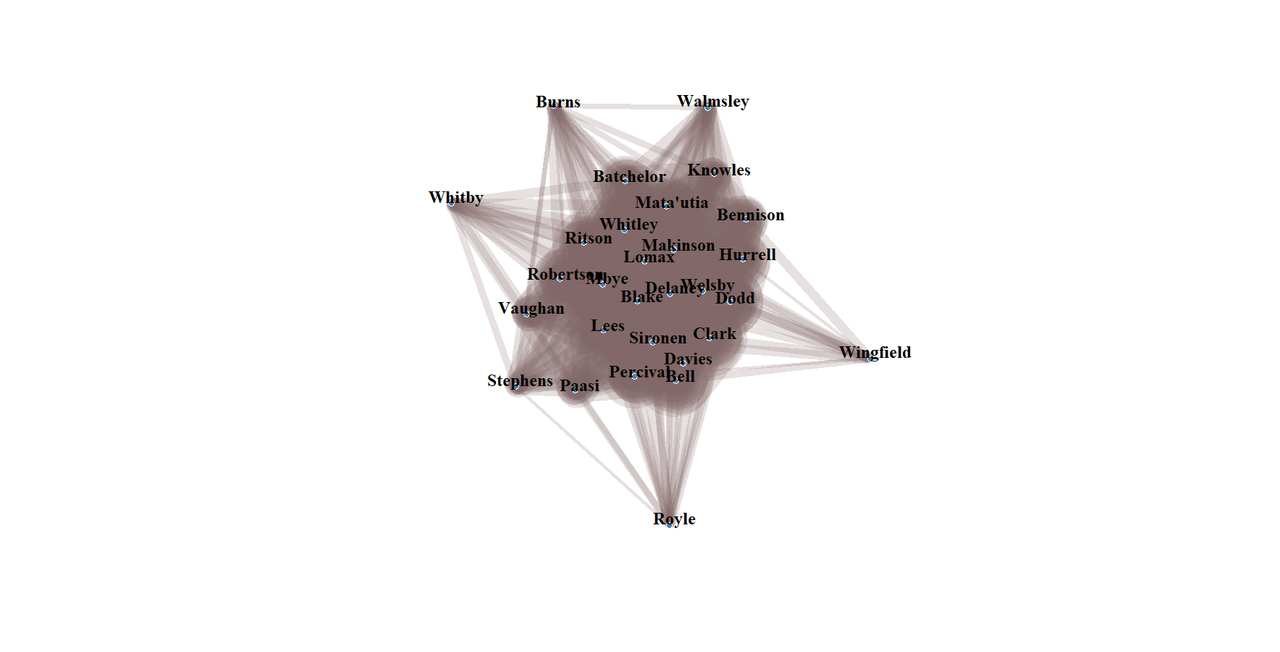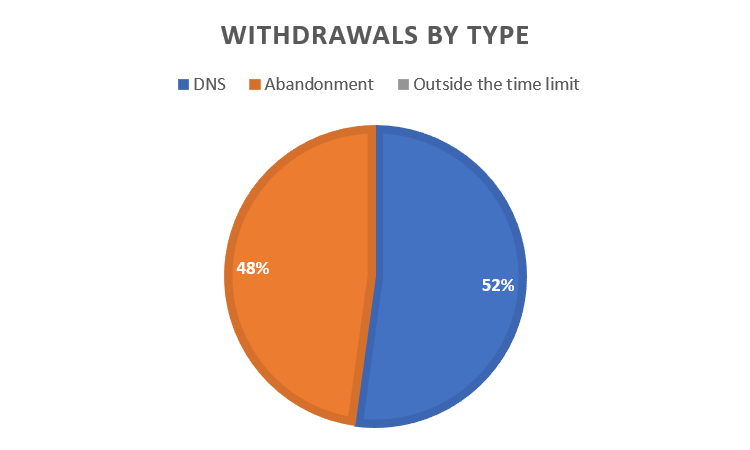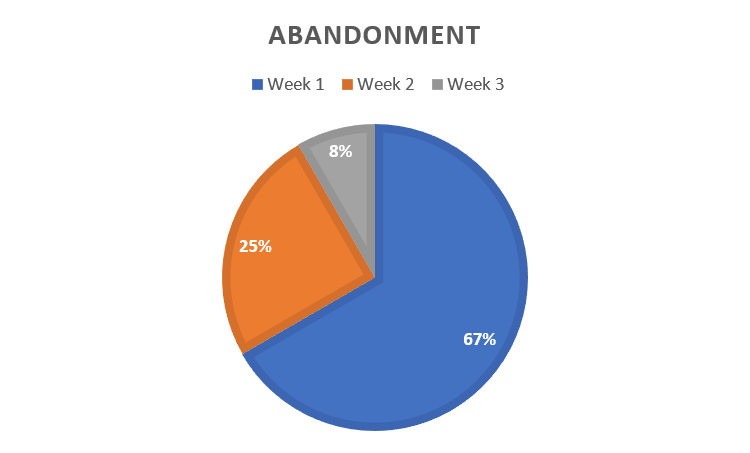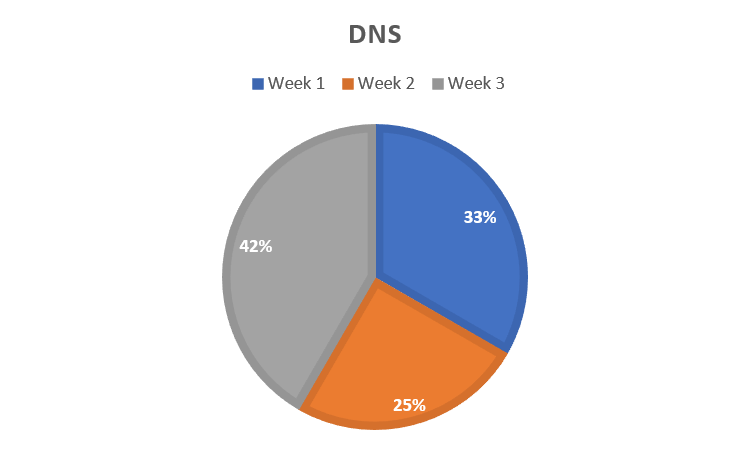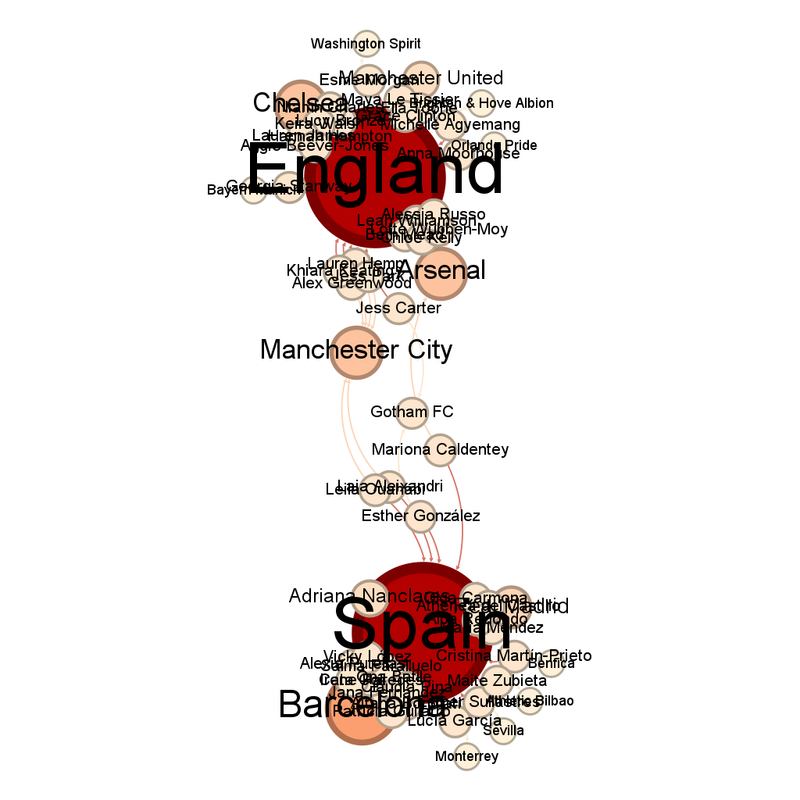Saturday, 29 November 2025
Formula 1 2025 - Las Vegas Grand Prix
Saturday, 15 November 2025
Formula 1 2025 - Sao Paulo Grand Prix
I wrote this last week, I thought I'd posted it. Obviously not. Apologies for the delay.
Poor Bortoleto, done over by the home driver curse. Twice!!!Sometimes, I hate being a Ferrari fan - why are my drivers being caught up in other people's chaos?!!! This has done terrible things to our Constructor's championship standing.
I am not blaming Antonelli for the crash, much though commentary wants me to.
McLaren did some weird things with the tyre strategy - I understand Piastri's doubts, and I still don't understand their plan for Norris. I know he won by miles but I just don't understand it. On the other hand, given Red Bull had a much shorter stint on the medium tyres than expected - did that medium tyre just not hold up as well as expected?
Red Bull's performance as a whole was odd. Verstappen seems to be doing well despite the car and the team, certainly his performances this year are more impressive than some of his all-conquering races.
But they really stuffed up Tsunoda's race. Screwing up a 10 second stop go penalty is not something I'd expect Red Bull to do.
Oli, Oli, Oli, oi oi oi. Dear Ferrari, when you call Bearman up, do not ruin this child!
I'm also very impressed with Gasly. Who is definitely doing things despite the team.
Friday, 7 November 2025
Budapest at Night

Wednesday, 29 October 2025
Formula 1 2025 - Mexico City Grand Prix
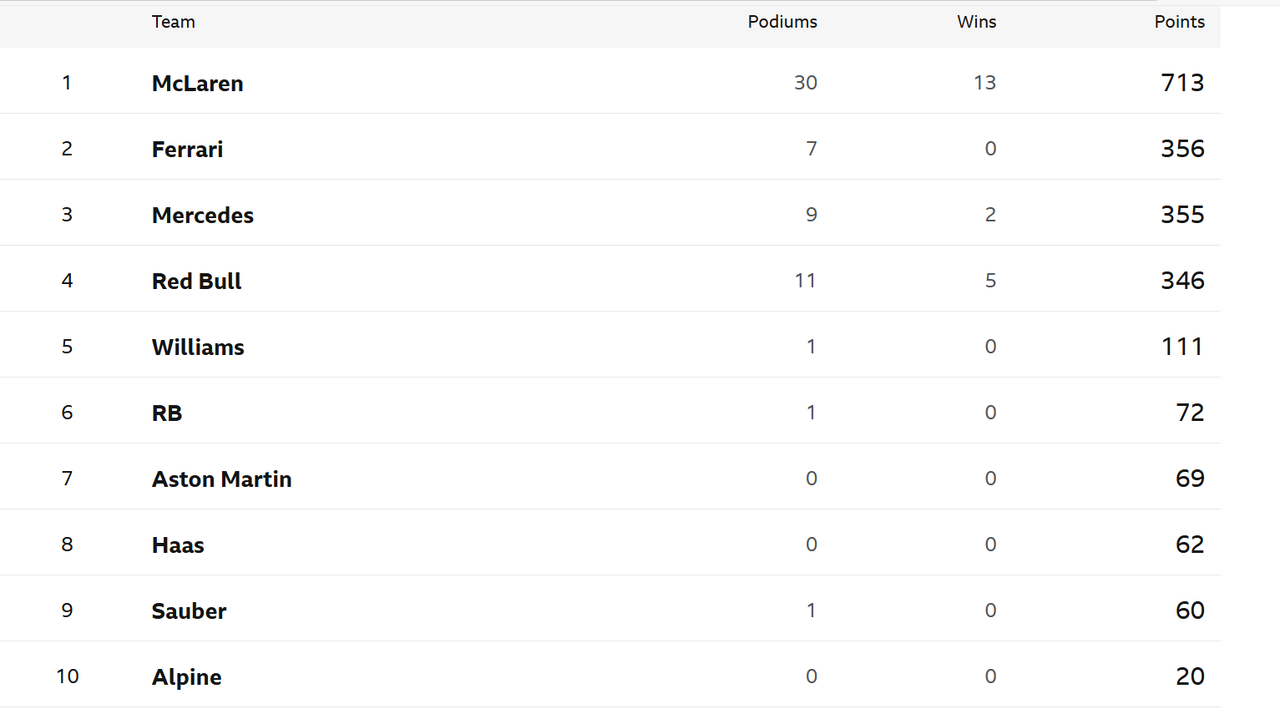
Thursday, 23 October 2025
Formula 1 2025 - United States Grand Prix
The racing at the Grand Prix supports my belief that the US Grand Prix is the best of the US races.
Is it also the only one on a purpose-built track? Yes.Do I think there's a correlation there? Yes!
The DRS button still kills joy, but hey at least Ferrari came up with a strategy that got one of the cars into the mix to be overtaken by DRS rather than skill.
(Yes, I am bitter)
Leclerc did some excellent defensive driving, and totally deserved driver of the day.
While I understand why the press are focussing on the remarkable gains Verstappen has made in the last couple of races, I'm not sure it's as bad for Piastri as they are painting it. At a circuit that he just did not gel with, he still got 10 points. It's vanishingly unlikely that the rest of the races are going to be that bad for him.
Sunday, 19 October 2025
Book Review - The Periodic Table: A Field Guide to the Elements by Gail Dixon and Paul Parsons
The only reason this isn't 5 stars is entirely a me-problem, and I'm trying to be reasonable.
I wanted more science to go along with the pictures. A couple of elements had two pages of text and I think I would have liked more elements to have got that.
The pictures are amazing and I really like the inclusion of the crystal structure space for each of the solid elements.
LibraryThing Suggestions
1 - Periodic Tales: A Cultural History of the Elements, from Arsenic to Zinc by Hugh Aldersey-Williams
2 - Science in Seconds: 200 Key Concepts Explained in an Instant (Knowledge in a Flash) by Hazel Muir
3 - Uncle Tungsten: Memories of a Chemical Boyhood by Oliver Sacks
4 - The Elements: A Visual Exploration of Every Known Atom in the Universe by Theodore W. Gray
5 - Big Bang: The Origin of the Universe by Simon Singh
6 - The Disappearing Spoon: And Other True Tales of Madness, Love, and the History of the World from the Periodic Table of the Elements by Sam Kean
7 - The Planets by Brian Cox
8 - Seven Elements that Changed the World: An Adventure of Ingenuity and Discovery by John Browne
9 - Stars and Planets by Jay M. Pasachoff
10 - The Secret Life of the Periodic Table by Ben Still
Not read any of them, but I want to.
Monday, 13 October 2025
Film review - Gemini Man
A mid-level spy film, an interesting sci-fi film and a mediocre action film had a baby.
As did Superman and Lex Luthor.No, really.
It's a frustrating film because it comes so close to being better but it's also solid for what it is.
You have the conflicted agent working against a conspiracy - and Will Smith can do that easily (and does).
You've got the international espionage angle - it works.
You've got the everyday setting film that turns out to be sci fi and I like that style of sci fi.
I'm going to go through the three films that don't quite mesh together in increasing order of goodness.
Let's begin with the action film part, which is the bit that doesn't really work. I can understand a director choosing this film to try new technology, and unlike say, Cats, where you're there going 'why are you using tech that isn't quite there yet for an adaptation of this beloved piece from another medium?', this at least uses the tech that isn't quite there yet for an original story so the high frame rate not quite working doesn't ruin anything.
Why am I putting the technical detail in the action film section? Because it was in the action scenes where I noticed it. If I notice you are doing something technically different, my escape into the film is damaged.
I understand that, for the film to work (and probably to get the budget to make it), it needed action scenes. But they don't work and there's too much time spent on them, which means that some of the quieter character scenes that the film needs either aren't there, or are too short.
The middling spy film - it does what a lot of Hollywood films do. Get a bunch of British actors to play morally grey. They're cheap and they can do American accents. I'm fine with this, it gives Benedict Wong and Ralph Brown money. All good.
Mary Elizabeth Winstead is stuck with the most obvious "oh hell, we haven't got a single woman in this film, stick one in" role I have seen for some time. She does very well in a horribly under-written role. I am not exaggerating about how obviously Zakarewski was added in to give the film a female character. There's one scene where she's being searched for bugs, and the way it is shot is totally just an excuse to get Mary Elizabeth Winstead in her underwear. It would have been filmed completely differently if the character had been male and it's so frustrating. I had hoped we'd moved beyond that.
There's travel and subterfuge in Budapest and you know what, it's middling.
The science fiction bit is the bit that works the best. I think it is, at least in part, because they don't try and explain the how, and just go with the why. Clive Owen is very good in his short screen time, because you can understand a younger Verris meeting Henry Brogan for the first time and seeing his belief that you can bend someone to being a superman by how you bring them up supported by evidence, and how he moved from that to cloning and every idea he's had since. (It's very Lex Luthor and Superman and Superboy/Kon-El)
And of course it ends up in child soldiers, because children are more malleable and aren't as aware of right and wrong, and isn't interesting the Verris starts to turn against Junior when he becomes old enough to develop his own set of ideals.
Junior is why the film has to use the fancy special effects and Will Smith is an excellent choice because the animators have lots of footage of a younger him to help mould how Junior looks. Will Smith is an excellent choice anyway because he sells Junior as well as Henry Brogan - he plays them differently enough that you could probably pick them apart even without the special effects. And the scene where he talks about his father!!! (Plus, as I said, the way it's obviously that story that made Verris choose him as the DNA donor for Junior.)
When the film does slow down for the emotional scenes, it works well. I almost want Ang Lee to have the chance to re-do it and pace it more like the original Day of the Jackal. Or make it a mini-series. There's so much potential in this that they can't get into because of time constraints.
It's not a good film, don't get me wrong, the bits don't fit together and its under-written, but there's potential there.
Saturday, 11 October 2025
Formula 1 2025 - Singapore Grand Prix
I actually managed to watch about half of this live. Right to the point where someone said, "this race is boring, let's go walk the dog." In fairness, the dog walk was more interesting than the race.
I then saw the end on Sky but also listened to the whole thing afterwards on BBC Sounds. It's really interesting that Sky F1 didn't fall for "pit to beat Verstappen" gambit but Sam Bird on BBC did (Harry Benjamin didn't).
Alonso has previous in the "whinging because he can't get past people" stakes - see Petrov. I am so very much team Hadjar anyway, and always team "anything that annoys Alonso" so I am on Hadjar's side in this.
Someone tell Sam Bird that I go off people quickly, particularly when you are mean to Tsunoda.
I do not blame Leclerc going off on one. Please can we get him a car that works. And Hamilton a car that actually, you know, brakes when he presses the brake.
McLaren section:
Crashing into a teammate is never good, nor is losing an end plate, but given the lack of overtaking opportunities at Singapore, it's not a bad place to do it.
Hey! for once McLaren's pit gremlins happened to Piastri
I'm not surprised that it's getting tasty down in McLaren-land because fighting for the title made Rubens Barrichello, the nicest man in motorsport (TM), angry, of course there will be McLaren on McLaren violence.
Saturday, 4 October 2025
Saints Ahoy - Game 29 and the 2024 Season to Date
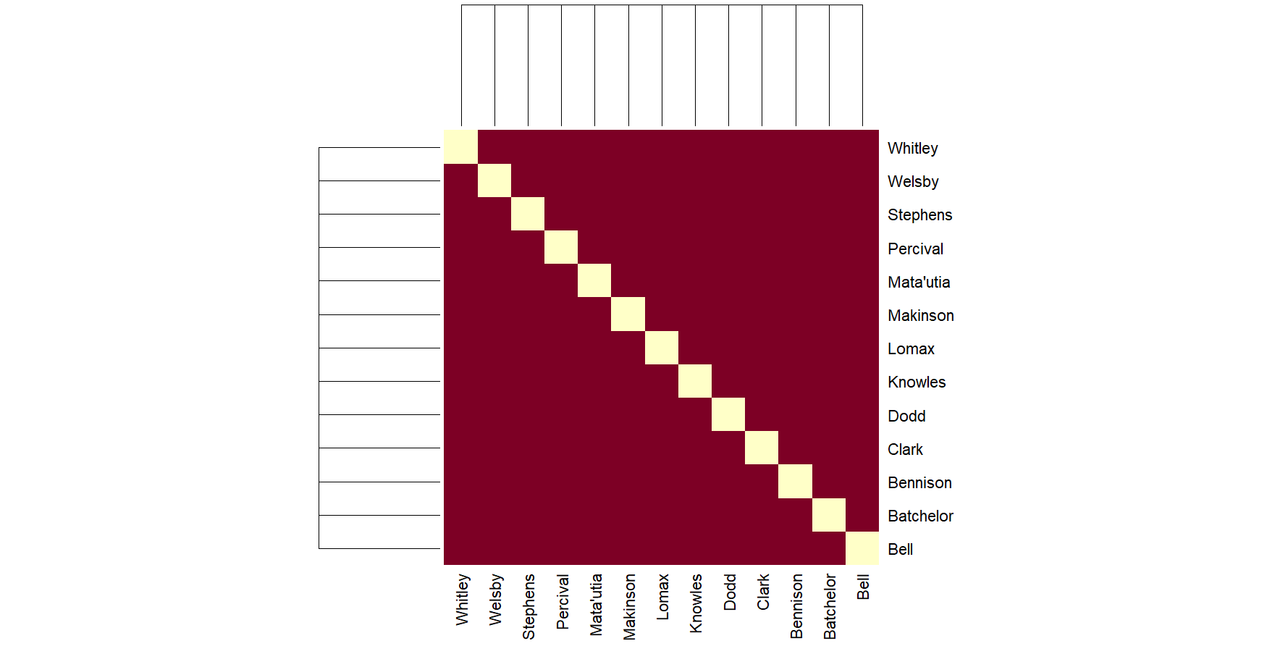

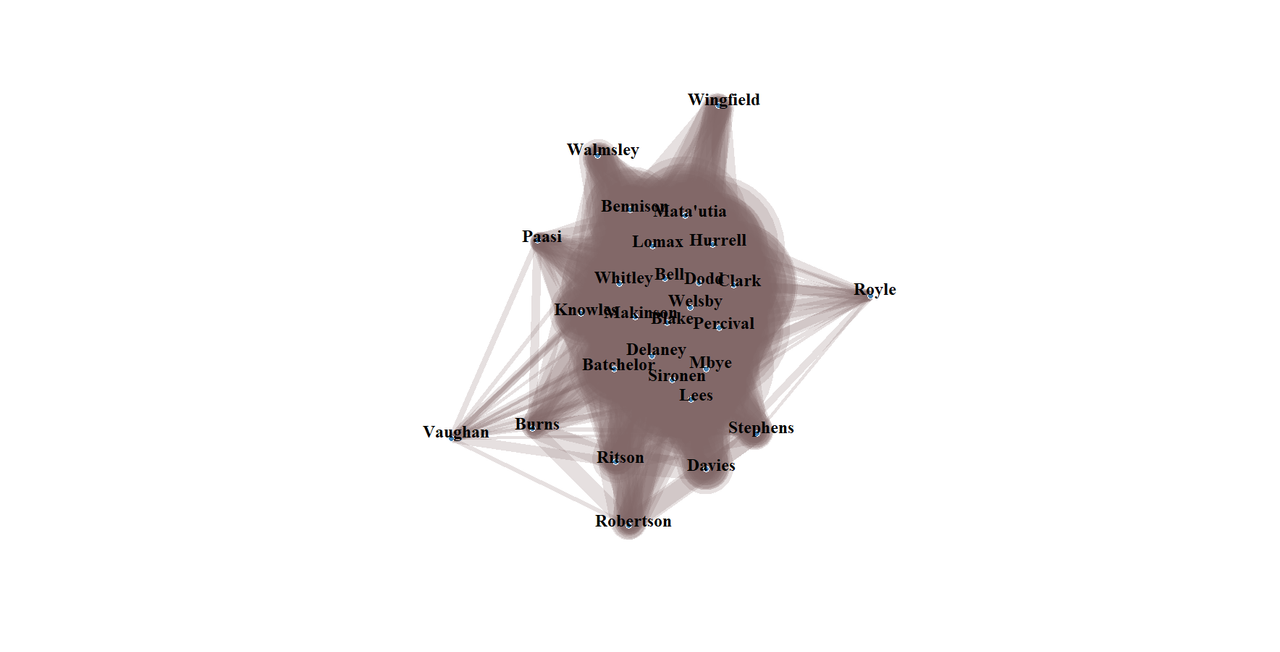
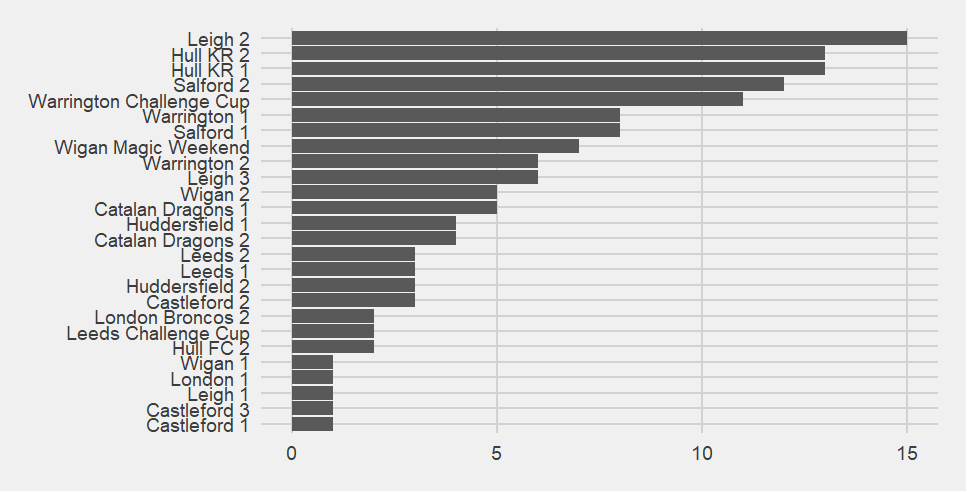
Friday, 26 September 2025
Formula 1 2025 - Azerbaijan Grand Prix
Sadly I missed the live Baku Chaos Bonanza because I was hitting people with swords.
As the BBC radio commentators said, it's an odd race where there's either chaos in qualifying or the race, never both and this was a year where it was all in the qualifying - https://www.bbc.co.uk/sport/formula1/articles/c5yv3y3q8dvo
The race itself was dull, and the only good news was the Sainz jnr podium. But that was very good news.
It's interesting that there was another poor (re)start from Norris. At some point, they're going to have to do something about that. Matters were not helped by him yet again being the victim of a McLaren pitstop going wrong.
The only comment I have about Ferrari is that someone needs to tell them that 3rd in Constructors is not good enough.
Then, of course, there's that titillating possibility that this is the second race in a Verstappen come back. If Verstappen wins the title this year ...
Wednesday, 24 September 2025
Film Review - Big Trouble in Little China
Spoilers below
Another Mockingbird Cinema (https://mockingbirdcinema.com/MockingbirdCinema.dll/Home) special.I went with D. When we go to the cinema, we aim for silly films. Big Trouble in Little China definitely brings that.
It's dashed hard to write about because it's such a delightful confection. You don't want to press too hard in case it breaks the spell. While I understand people who go "you can't want films to make sense and love Big Trouble in Little China" but within itself, it's consistent and makes sense. That's all I ask for.
'Big Trouble in Little China' also does something clever, with a lead character who is so totally not the hero. It's not that Jack Burton doesn't try, or isn't brave, but that man is not the hero. (By the by, Wang Chi is a most excellent fiancé and were I to be kidnapped by ancient incorporeal wizards, I would like to be rescued by him)
A lot of films would tweak that start to make Jack Burton be the big damn hero at the end, but this doesn't. One knife throw aside, he spends the end fight unable to help.
He's also an excellent character to explain the plot to because he's an outsider so there's very little "as you know, Bob" going on, because Jack knows Jack.
It's a little gem of a film and I recommend seeing it if you get the chance.
Friday, 12 September 2025
Formula 1 2025 - Italian Grand Prix
Sunday, 7 September 2025
Formula 1 2025 - Dutch Grand Prix - A delayed accidental live blog experiment
Saturday, 30 August 2025
Saints Ahoy - Game 28 and the 2024 Season to Date
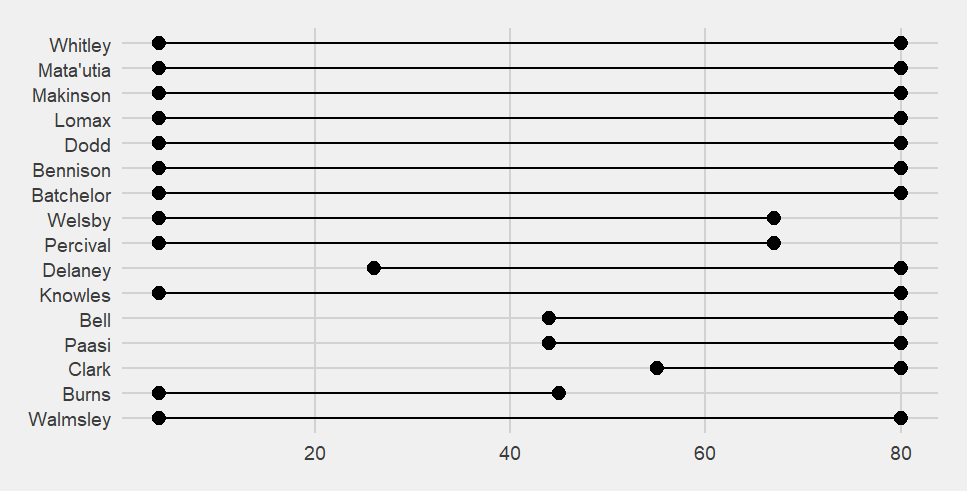
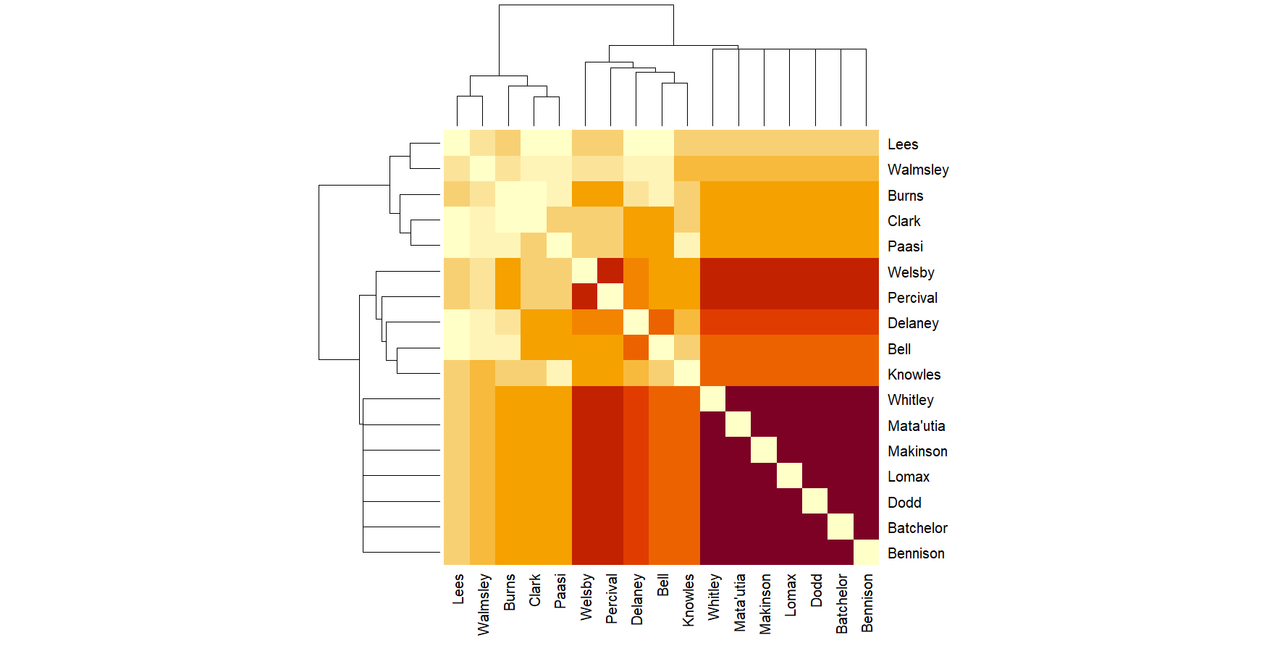 Knowles's crossing point with several players is much paler than expected given where he is in the diagram.
Knowles's crossing point with several players is much paler than expected given where he is in the diagram. 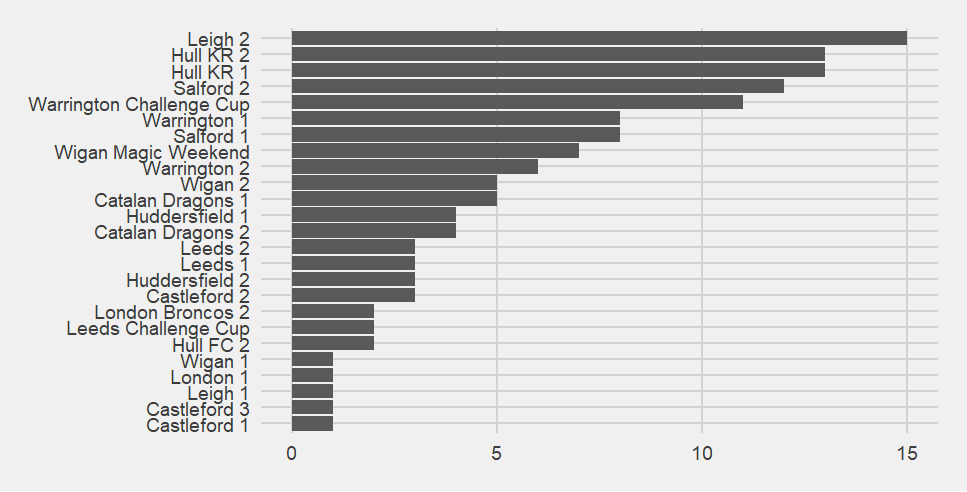
Thursday, 21 August 2025
Sword Fighting Films - The Prisoner of Zenda
Thursday, 14 August 2025
How I make those Gephi diagrams
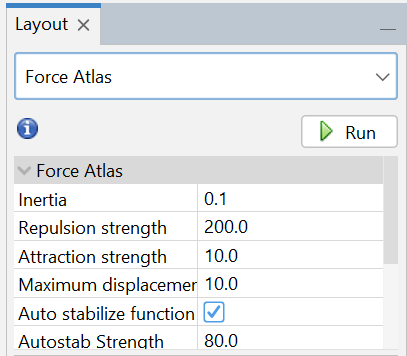
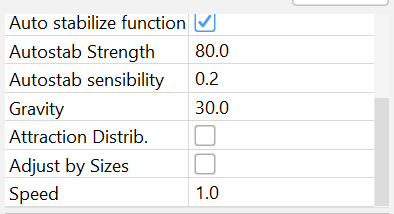
Friday, 8 August 2025
Formula 1 2025 - Hungarian Grand Prix

Saturday, 2 August 2025
Formula 1 2025 - Belgian Grand Prix
Wednesday, 30 July 2025
Withdrawals from the 2025 Tour de France
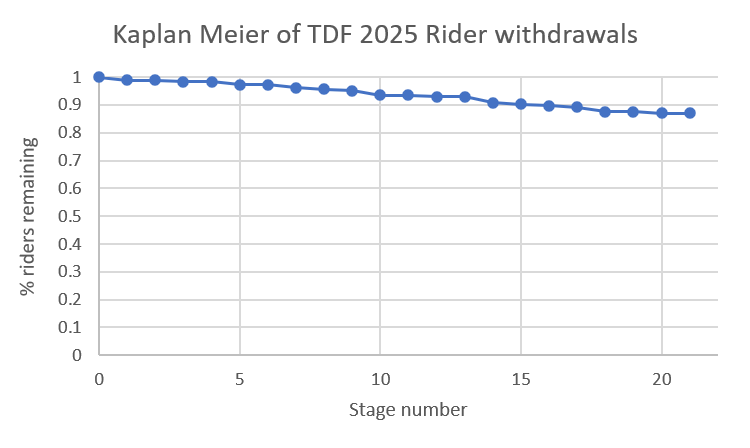
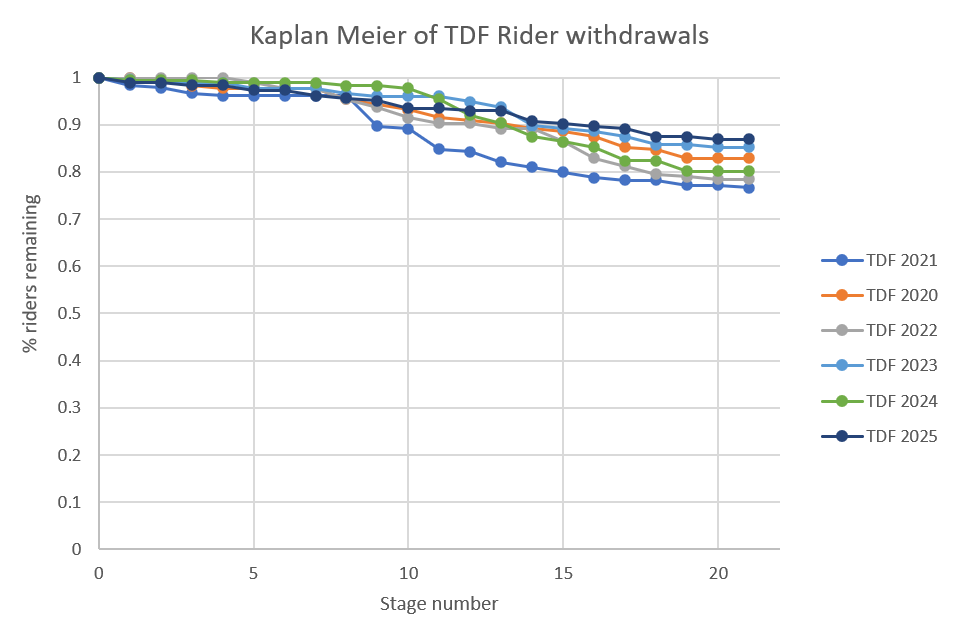

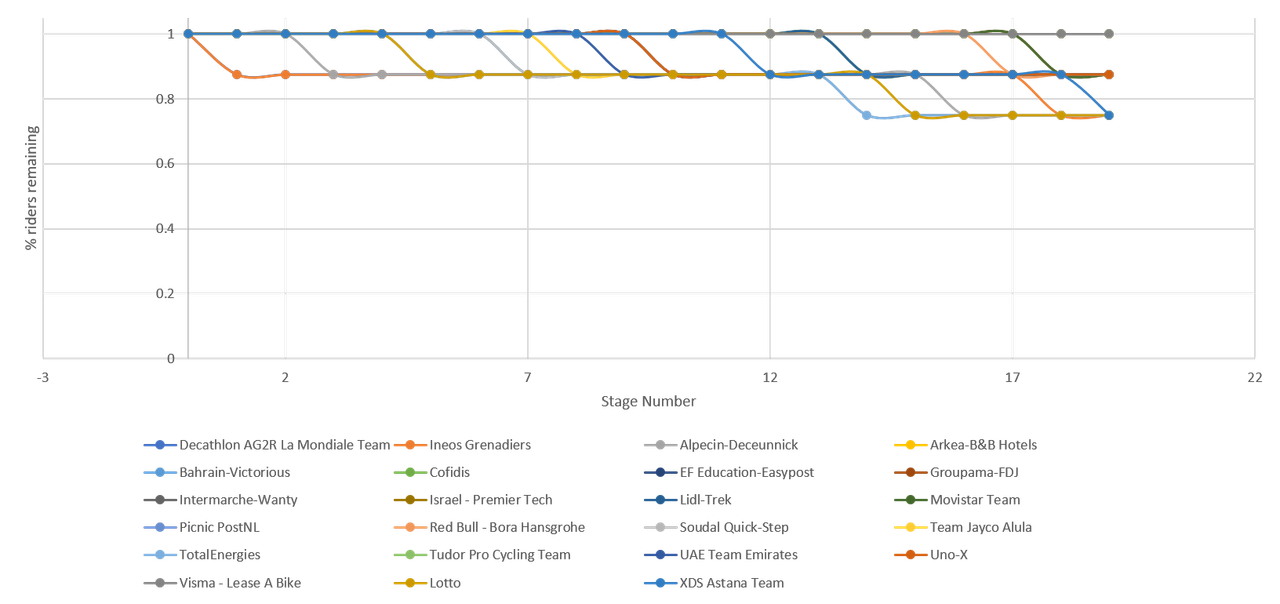
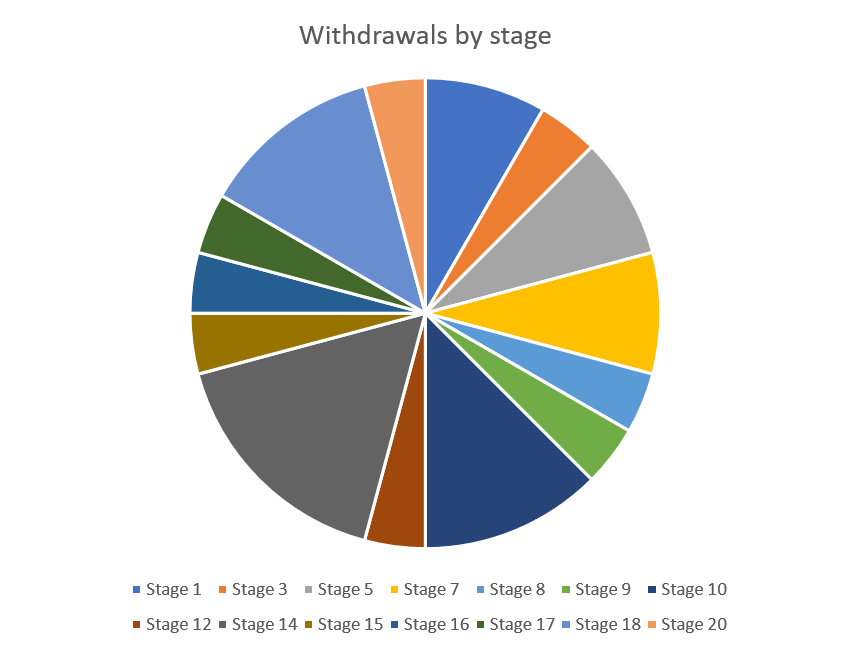
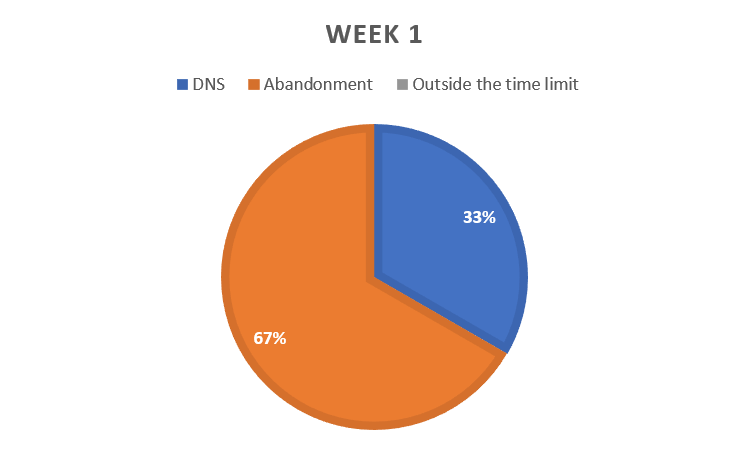
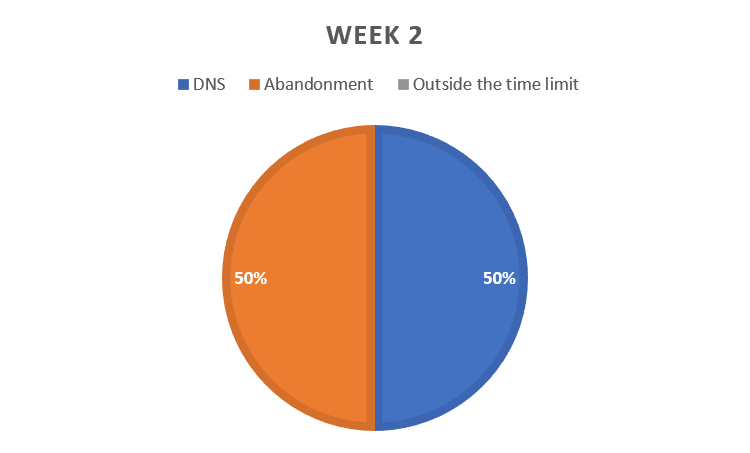
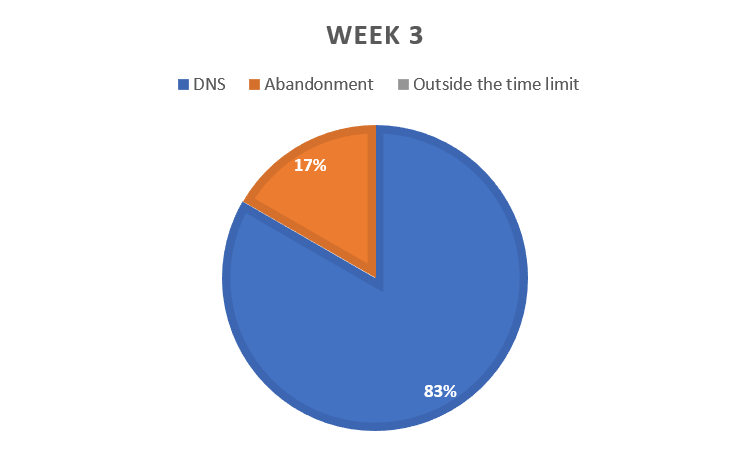
Saturday, 26 July 2025
Euro 2025 - Network Graph for the Final
